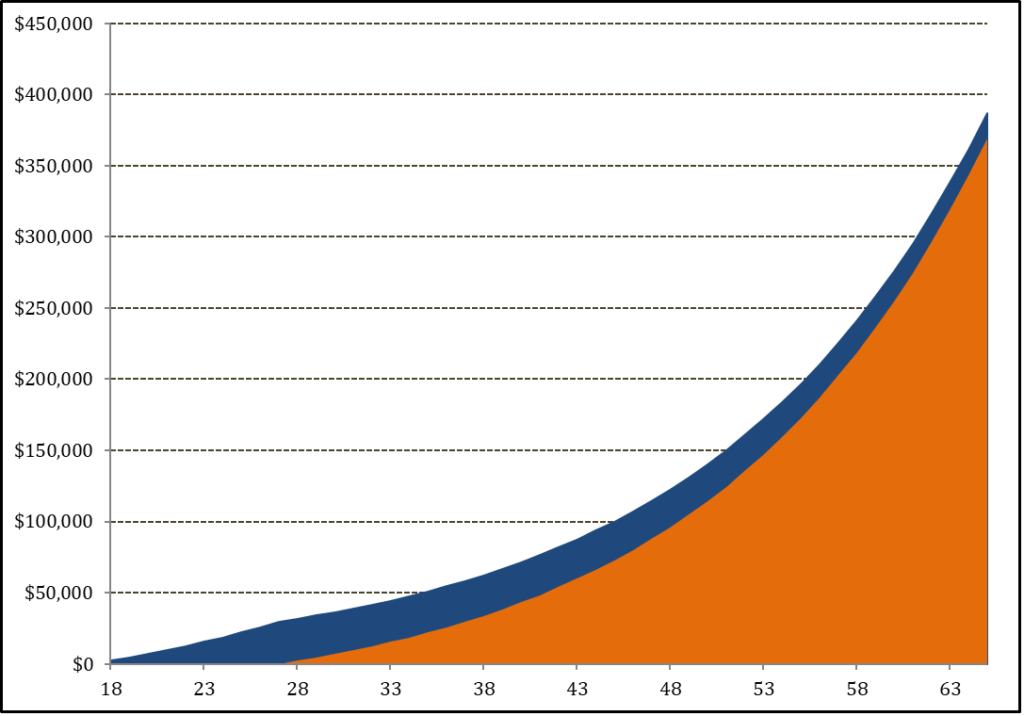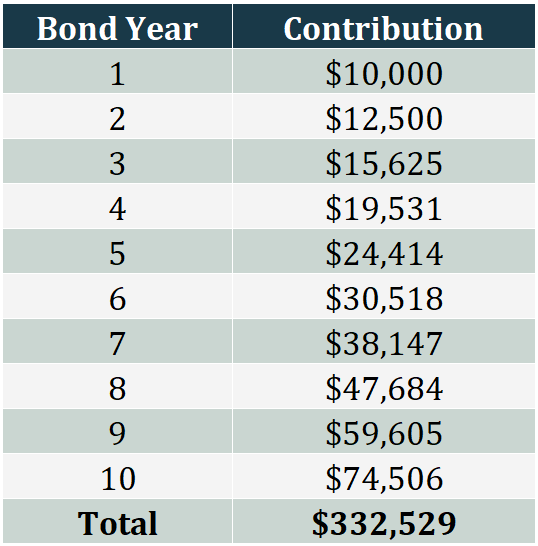
Be aware of SMSF Trustee responsibilities you should be reviewing now
Have you reviewed your superfund’s investment strategy and binding death nominations?
Choosing to establish and manage a self-managed super fund (SMSF) comes with trustee responsibilities which are important to not neglect. It may be as simple as not having an appropriate investment strategy or actually forgetting to legally document a non-lapsing binding death nomination or to consider a reversionary beneficiary when commencing an income stream with your super.
SMSF investment strategy
As a trustee of a superfund, you need to have an investment strategy. It’s more than simply providing a range of different asset classes your fund is allowed to invest in. The ATO, as the regulator of your SMSF, requires the trustee to consider:
- The fund’s investment objectives and how the investments link to these objectives.
- How the strategy provides benefits to the members at retirement.
- Diversification of the investments.
- Risks from the lack of diversification.
- Liquidity of the fund including cashflow requirements – particularly in the future when an income stream will commence.
- The ability for the fund to pay liabilities.
- Whether the trustees have considered insurance, and if not, why?
If you make changes to what is already documented in your strategy, then you must make the appropriate amendments and sign off the changes. Changes such as high fluctuations in markets causing your asset allocation to change dramatically, or investing in an asset outside what is included in your strategy.
The ATO has had concerns on the quality of information in fund investment strategies, and we are seeing auditors pay closer attention to what is included and if they actually reflect the investments made and held during the year.
We have seen the ATO more closely scrutinize the investments held with letters sent to ask trustees to justify their investments, particularly if there is a lack of diversification.
Estate planning considerations in an SMSF
An area we find there is a lack of attention from trustees is in estate planning. Superannuation doesn’t actually form part of the estate and needs to be dealt with specifically.
As the trustee, you are responsible to ensure this has been considered with the appropriate actions taken to reflect the wishes of each member.
While you are in the accumulation phase, each member can plan who they want their superannuation benefit (and any insurance owned by the superfund) paid out to by instructing the trustee through a binding death nomination. A ‘non-lapsing’ binding death nomination is an extension in that it doesn’t have an expiry date.
A ‘reversionary’ beneficiary is who you nominate at the time you commence your income stream. Upon death, the income stream automatically continues to be paid to the chosen beneficiary (such as your spouse) upon your death.
If you haven’t made a reversionary nomination, your benefit will be paid out as a lump sum. This can be an issue if your spouse is unable to make a contribution back into the super fund.
Making the decision to have a Self Managed Super Fund comes with trustee responsibilities. It’s important, as the trustee of your fund, you are fully aware of these to ensure your fund remains compliant. The ATO continues to review funds to make sure they are being run improperly. Making sure your fund has a comprehensive investment strategy, which is updated to consider the investments you are holding or expect to hold, is one area which the ATO has drawn their attention to. Also, the sooner you review your binding death nominations, the better. Make sure you actually have these and they continue to properly reflect your wishes. If commencing an income stream, consider whether you should have a reversionary beneficiary. Getting it right before it starts can save you headaches later on.






